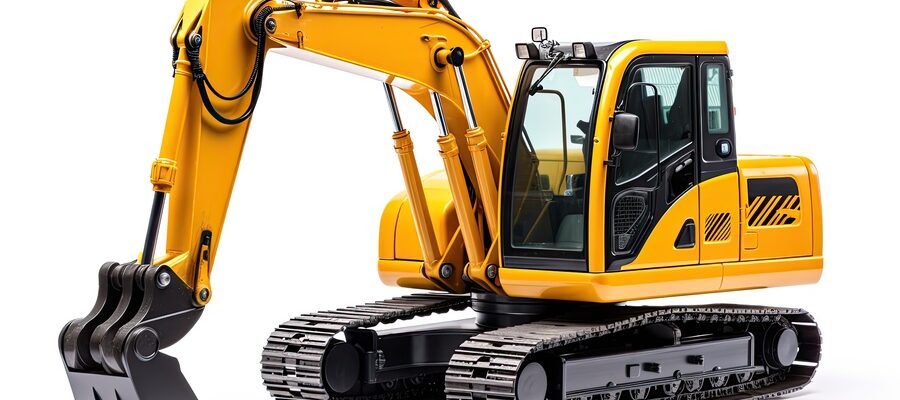When it comes to getting the job done, compact tracks are among the best construction equipment indispensable in many fields, from farming to building to even DIY home renovations. Their portability and versatility, as well as the fact that they may be rented or purchased, are all pluses.
There is an advantage to using compact loaders for heavy loads. They have twice the lifting capacity of a skid steer and won’t damage the soil. However, the four factors below should guide you in choosing a compact loader.
1. Sizing
Depending on the task, a specific compact loader capacity will be required. The industry standard for commercial and residential construction work is 70 horsepower. You can still easily control this amount of force. The more cumbersome the machine, the more difficult it is to operate a powerful engine (particularly up to 90 horsepower). The scale of your project is important in determining the equipment you’ll need.
2. Uses
A compact loader’s range of possible uses is endless, as is the variety of attachments available. The versatility of the compact track comes from its attachments.
Don’t rush into buying construction heavy machinery without seriously considering it. A few types are broad in scope rather than narrowly focused. For instance, you could use a backhoe connection to dig ditches, but a small excavator attachment would be far quicker and more effective. On the downside, the tiny excavator is more expensive than a backhoe.
Always try out a little of your potential attachment to see how it performs. Forks are a popular accessory recommendation because of their many uses. Front hydraulics are standard on all compact loaders, allowing for the connection of brooms, post-hole diggers, and drills.
When deciding whether to buy an attachment, it’s a good idea to try to foresee how often you’ll use it. When you only need to utilize it on a few occasions, renting one, maybe more cost-effective than buying one. Pro Quip will help you make these decisions and allow you access to heavy machinery and construction equipment for your needs.
3. Capacity
Larger loads, such as a large round bale weighing over 2,000 pounds, are typically no problem for compact loaders. Remember that the rating represents only a fraction of the actual tipping load. For instance, a machine with a lifting capacity of 2,500 pounds can handle more than that weight, but you should still stay within the recommended range for safety.
4. Height
The ability to lift is affected by factors such as the height of construction heavy machinery. The weight can be kept closer to the equipment and the range can be maximized with a vertical lift at full extension. This lift pattern allows the loader to safely lift greater weight than would be possible with a radial lift path on an equivalent loader.
Because of its superior power, reach, and lift the vertical-lift track loader is better suited to emptying truck boxes and hoppers with high sides. It is also a great spot for pallets, especially those loaded with bricks, blocks, or sod.
When working at medium heights, such as when pouring over a wall, emptying flatbed vehicles, or reseeding, the radial lift provides greater forward stretch.
Contact Pro Quip for Help
Pro Quip has new and used but perfectly maintained compact loader equipment at affordable prices. If you need any heavy machinery or construction equipment around Florida, contact Pro Quip for a comprehensive guide.



